Description
Cherry barbs are small, peaceful schooling fish growing to about 5 cm (2 inches), known for their vibrant red-orange males and brown-pink females, and are excellent for beginner aquarists. They thrive in well-planted tanks mimicking their natural habitat with a sandy substrate and driftwood, requiring warm water (23–27°C), a pH of 6–8, and a diet of flakes, pellets, and occasional greens. Due to their social nature, a group of 6-8 is recommended, along with a larger tank size (at least 10 gallons or 40 liters), and they are compatible with other small, peaceful community fish.
Key Features
Size: Up to 5 cm (2 inches).
Color: Males are a deep cherry-red, while females are a lighter, more brownish-red with a horizontal stripe, becoming more intense during breeding.
Temperament: Peaceful and social community fish, though males can be territorial.
Habitat: Prefer dim lighting, live plants, driftwood, and a silty sand substrate with scattered leaves to mimic their native forest streams in Sri Lanka.
Social Behavior: Schooling fish that should be kept in groups of at least six to eight to encourage natural behavior.
Tank Requirements
Tank Size: A 10-gallon (40-liter) or larger aquarium for a small group.
Water Parameters:
Temperature: 23–27°C (72–80°F).
pH: 6.0–8.0.
Hardness: 5–15 dH. Filtration: A gentle filtration system is preferred, as they dislike strong currents.
Decor: Heavily planted tanks with hiding places, driftwood, and rocks are ideal.
Diet
Omnivores: Will eat flakes, pellets, and various plant-based foods.
Supplements: Supplement with vegetable matter and occasional live or frozen foods like brine shrimp or daphnia for variety.
Compatibility
Tank Mates:
Peaceful and suitable for a community tank with other small, peaceful species like tetras, rasboras, and some dwarf cichlids.
Incompatibility:
Avoid mixing with small, timid fish that may be outcompeted for food. They are safe with shrimp, but males may eat baby shrimp

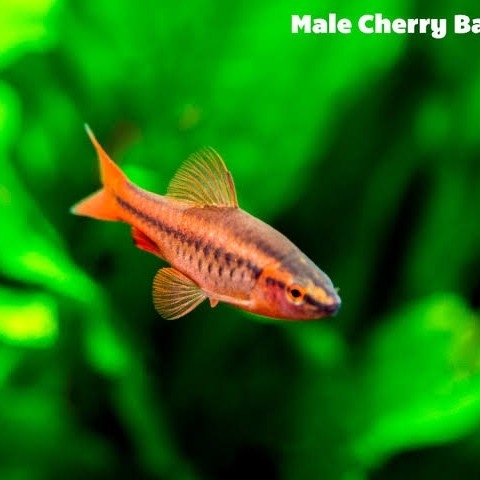
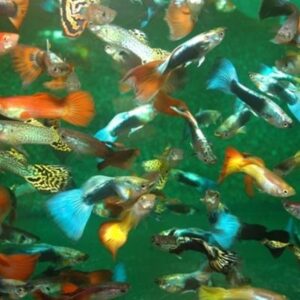
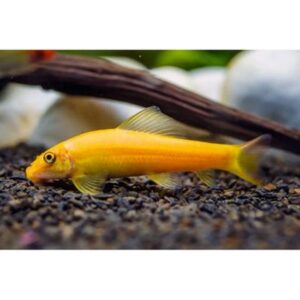
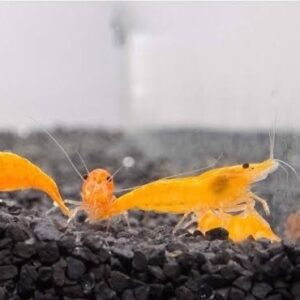
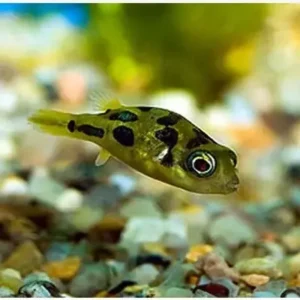
Reviews
There are no reviews yet.